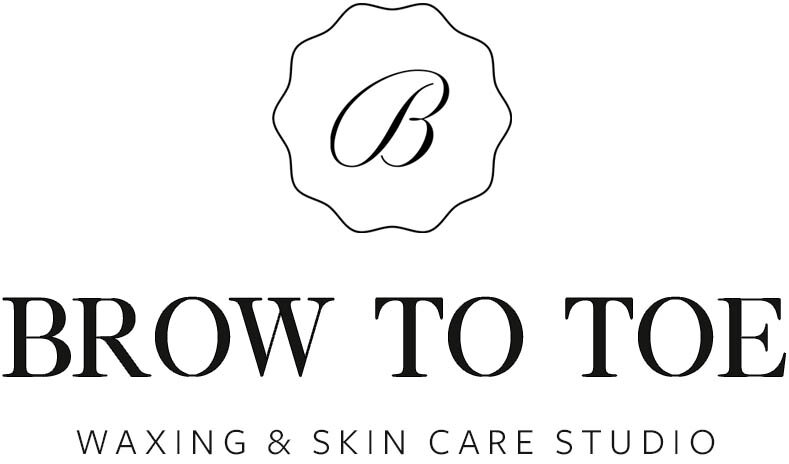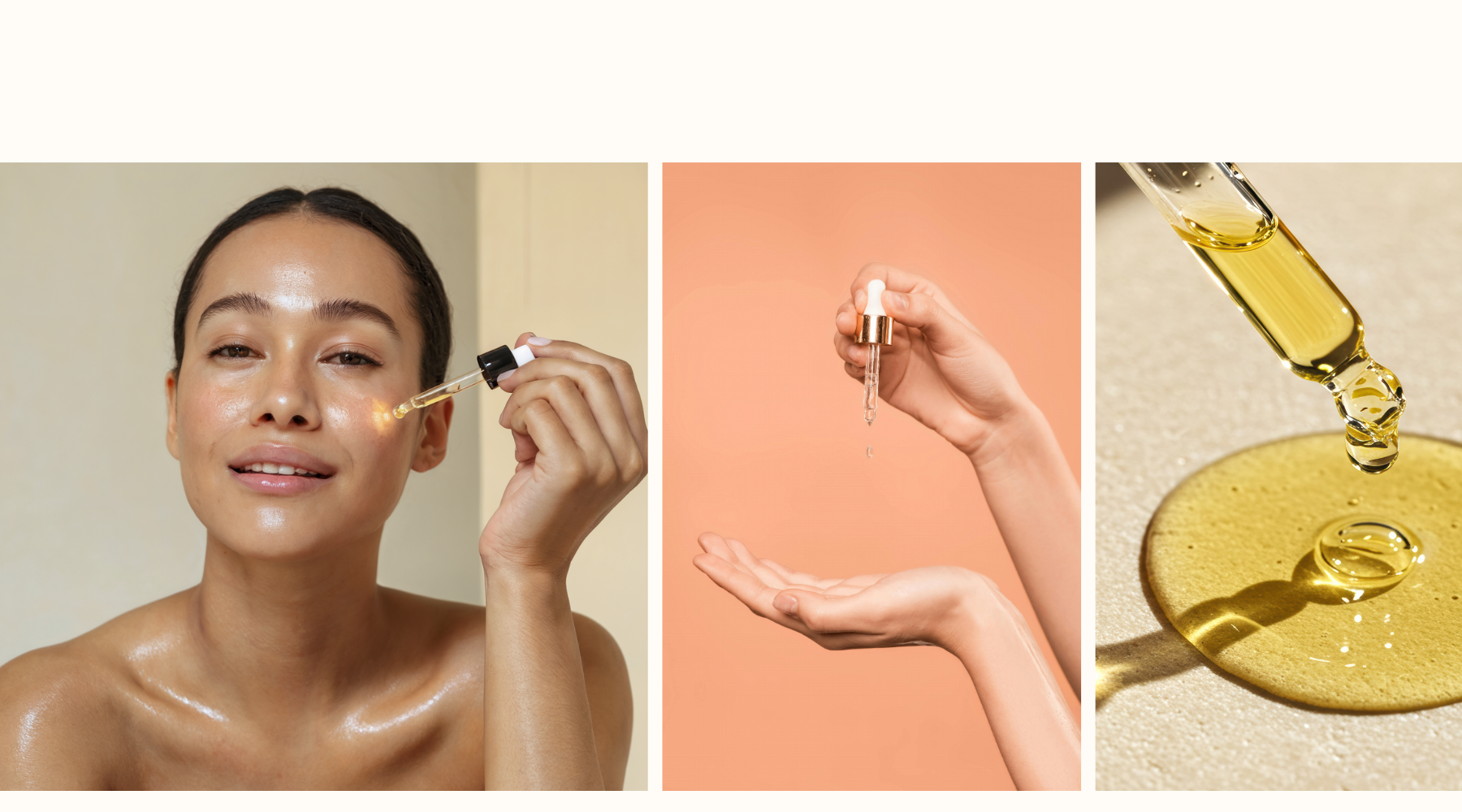Let’s Talk About Oil Cleansing: Why Your Skin Might Be Begging for It
I know what you’re thinking: “Why would I put oil on my face if I’m trying to clean it?” It sounds backwards, especially if you’ve been trained to think oil = breakouts or clogged pores. But here’s the truth: using oil to cleanse your skin might be the thing you never knew you needed—and I’m here to explain why.
What Is Oil Cleansing?
Oil cleansing is exactly what it sounds like: using oil to cleanse your face. It's often the first step in a double cleansing routine, especially at night when your skin needs extra help removing sunscreen, makeup, and environmental gunk.
The concept is rooted in science: like dissolves like. Oil breaks down the oil on your skin—whether it’s sebum, makeup, or buildup from the day—without stripping your skin the way traditional cleansers can.
But Wait... Oil On Oily Skin?
Yes. A thousand times yes.
So many people with oily or acne-prone skin avoid oil like the plague. They scrub. They dry their skin out. They use “oil-free everything.” And yet—nothing seems to truly fix the problem.
That’s because your skin might actually be over-producing oil to make up for how dry it feels. When you nourish your skin with the right oil, it says, “Ah, thank you. I can relax now.” Result? Less oiliness. Fewer breakouts. Happier skin.
The Real Benefits of Oil Cleansing
Let’s break it down:
Deep, gentle cleansing – Oil dissolves dirt, sweat, sunscreen, and makeup more effectively than most foaming cleansers
Protects your acid mantle – This is your skin’s natural barrier, and it needs oil and hydration to function properly.
No harsh surfactants – High foaming cleansers often strip the skin. Oils leave your skin clean and soft.
Improves texture over time – Skin feels smoother, more hydrated, and less irritated.
How I Use Oil Cleansing in My Routine
Personally, I use oil cleansing in the evening only—when my skin has been exposed to a full day of life.
Here’s my simple method:
Massage your oil of choice onto dry skin for 1–2 minutes.
Let it sit for up to 15 minutes while you shower or unwind.
Rinse with warm water.
Follow with a second cleanser that’s designed for your skin type. I prefer a gel or cream-based cleanser that is not drying to the skin.
Done. Clean, happy skin without the harshness.
Which Oils Should You Use?
There’s no one-size-fits-all, but here are a few tried-and-true favorites:
Jojoba oil – Almost identical to your skin’s natural oil. Great for all skin types.
Coconut oil – Has antibacterial properties but may clog pores for some (test it first).
Grapeseed oil – Light and non-comedogenic. Great for oily or acne-prone skin.
Olive oil – Rich and moisturizing. Better for drier skin types.
Want an easier solution? Try our Nakira Skin Glow Away Makeup Remover—it’s oil-based, gentle, and made to melt makeup and impurities without disrupting your skin barrier.
A Note on Natural Oils
Just because it’s natural doesn’t mean it’s perfect for everyone. Always:
Patch test before trying something new
Be aware of allergies
Use within 3–6 months since oils often have fewer preservatives
Oil cleansing is about working with your skin instead of fighting it. Whether you’re dry, oily, sensitive, or somewhere in between—giving your skin the oil it needs can transform your routine from harsh to healing.
If you’re new to oil cleansing, I encourage you to try it for a week and see how your skin responds. You might be surprised how something so simple can make such a big difference.



